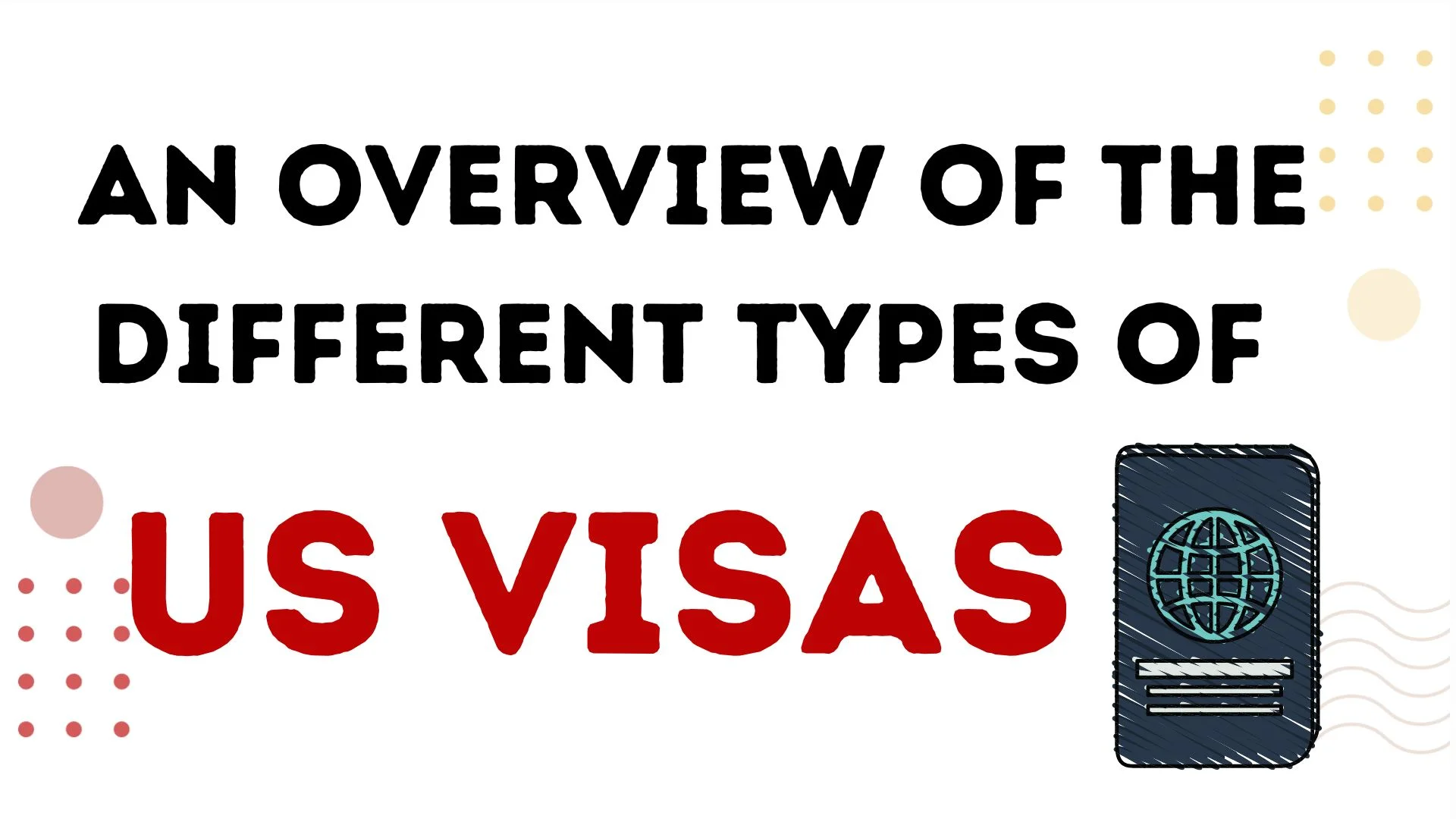The United States remains one of the most sought-after destinations for travelers, students, and business professionals from around the globe. Whether you’re planning to visit for tourism, work, or study, understanding the visa requirements is crucial for a smooth entry into the country. US VISA Requirements With various visa types available, each with its unique requirements, this article provides a detailed overview of the US visa requirements, covering the different visa types, application processes, necessary documentation, common pitfalls to avoid, and essential tips for a successful application experience.
Understanding the Different Visa Types
Before applying for a US visa, it’s essential to determine which type of visa is appropriate for your travel needs. The most common categories include: Tourist Visa (B-2 Visa): This non-immigrant visa is designed for individuals visiting the US for tourism, vacation, or visiting family and friends. It typically allows for a stay of up to six months. Business Visa (B-1 Visa): This visa is intended for foreign nationals who wish to engage in business activities, such as attending conferences or meetings. Like the B-2 visa, it generally permits a stay of up to six months. Student Visa (F-1 Visa): This visa is for international students who have been accepted into a US academic institution. It allows students to remain in the US for the duration of their study program. Work Visa: Various work visa categories exist for individuals seeking employment in the US, including H-1B (specialty occupations), L-1 (intra-company transferees), and O-1 (individuals with extraordinary ability). Each category has specific eligibility criteria and application processes. Immigrant Visa: This type of visa is for individuals wishing to permanently reside in the US. Common pathways include family sponsorship, employment-based immigration, and the Diversity Visa Lottery.
Application Processes for US Visas
The application process for a US visa can vary depending on the type of visa you are applying for. Here’s a general outline of the steps involved in the application process: Determine Your Visa Type: Start by identifying the appropriate visa category that aligns with your travel intentions. Complete the Online Application Form (DS-160): Most non-immigrant visa applicants are required to fill out the DS-160 form online. This comprehensive application collects personal information, travel history, and other relevant details. Pay the Visa Fee: After completing the DS-160 form, you will need to pay the non-refundable visa application fee. The fee amount varies depending on the visa type and is typically paid online. Schedule a Visa Interview: Once the fee is paid, you will need to schedule an appointment for a visa interview at the nearest US embassy or consulate. Availability of interview slots can vary, so it’s advisable to schedule your appointment as early as possible. Prepare for the Interview: Gather all necessary documentation and prepare for the interview, where a consular officer will ask questions about your application and travel plans.
Necessary Documentation for a US Visa Application
To ensure a successful visa application, it is vital to prepare and submit the required documentation. While specific requirements may vary depending on the visa type, some common documents typically needed include: Valid Passport: Your passport must be valid for at least six months beyond your intended stay in the US and have blank pages for visa stamps. DS-160 Confirmation Page: This is the confirmation of your completed visa application form. Visa Fee Payment Receipt: Proof of payment for the visa application fee is required. Passport-Sized Photographs: Typically, two recent passport-sized photographs that meet specific guidelines are needed. EXTEND US VISA ONLINE Supporting Documents: Depending on your visa type, you may need to provide additional documentation, such as an acceptance letter from a US school (for student visas), an invitation letter (for business visas), or proof of ties to your home country (to demonstrate your intention to return).
Common Pitfalls to Avoid During the Visa Application Process
Navigating the US visa application process can be complex, and there are several common pitfalls applicants should avoid: Incomplete Application Forms: Ensure all sections of the DS-160 form are filled out accurately. Any discrepancies or missing information can lead to delays or denials. Insufficient Documentation: Failing to provide required documentation can jeopardize your application. Double-check the specific requirements for your visa type and gather all necessary paperwork. Lack of Preparation for the Interview: Be ready to answer questions clearly and honestly during your visa interview. Familiarize yourself with your application and be prepared to discuss your travel plans.
Ignoring Processing Times: US visa processing times can vary significantly. Avoid last-minute applications by applying well in advance of your planned travel dates.
Essential Tips for a Successful US Visa Application Experience
To increase your chances of a successful visa application, consider these essential tips: Start Early: Begin your visa application process as early as possible to account for potential delays. Stay Informed: Regularly check the official US Department of State website or consult the US embassy or consulate in your country for the latest visa regulations and updates. Be Honest: Always provide truthful and accurate information on your application and during the interview. Misrepresentation can lead to serious consequences. Prepare Financial Evidence: Demonstrating your financial ability to support yourself during your stay in the US can strengthen your application. Seek Assistance if Needed: If you find the application process overwhelming, consider consulting an immigration attorney or a qualified visa service for guidance.
In conclusion, understanding US visa requirements is essential for travelers, students, and business professionals from around the world. By familiarizing yourself with the different visa types, application processes, necessary documentation, and potential pitfalls, you can navigate the US visa application journey more effectively. With careful preparation and attention to detail, you can increase your chances of obtaining the visa needed for your trip to the United States, allowing you to enjoy the myriad experiences this diverse country has to offer.
